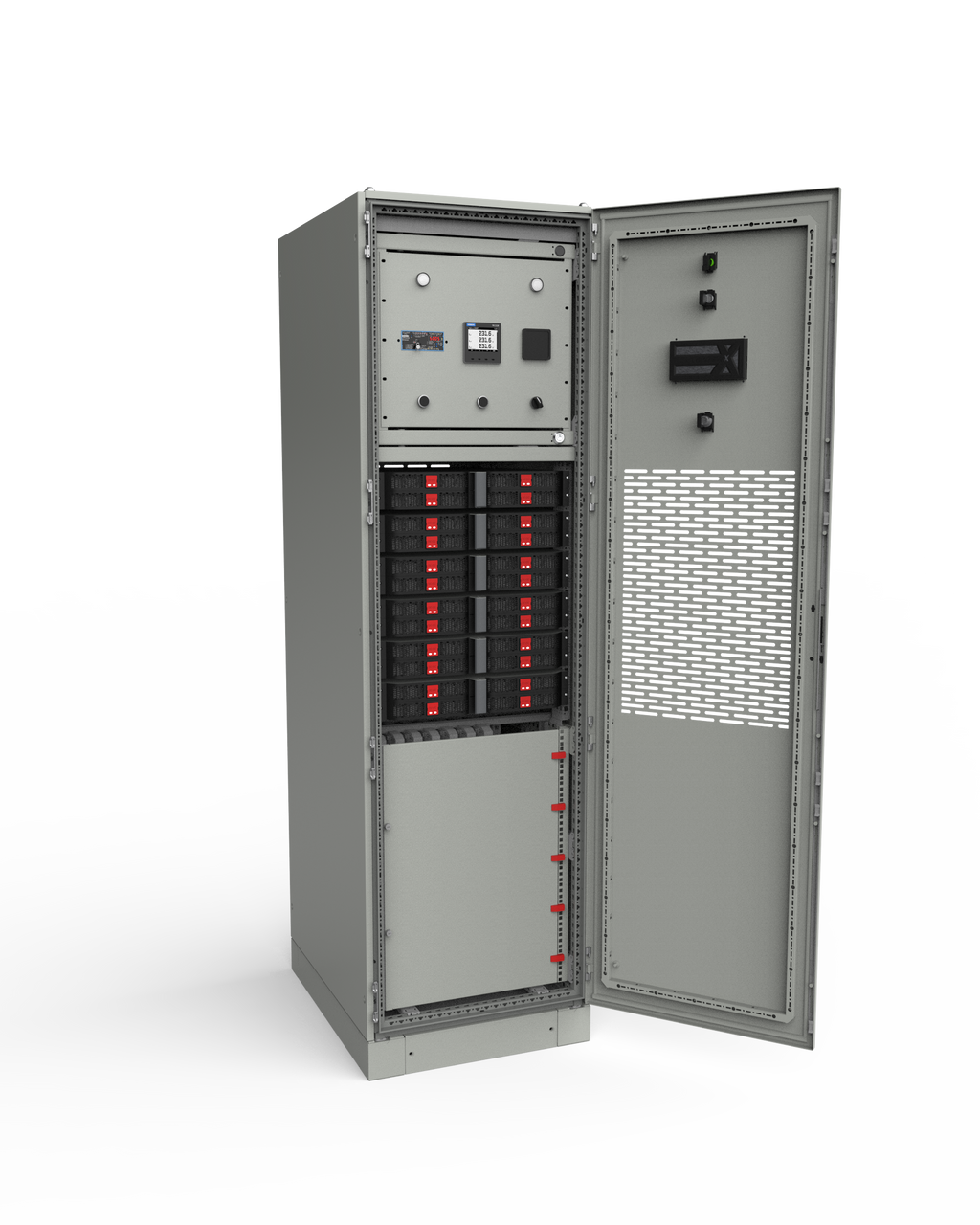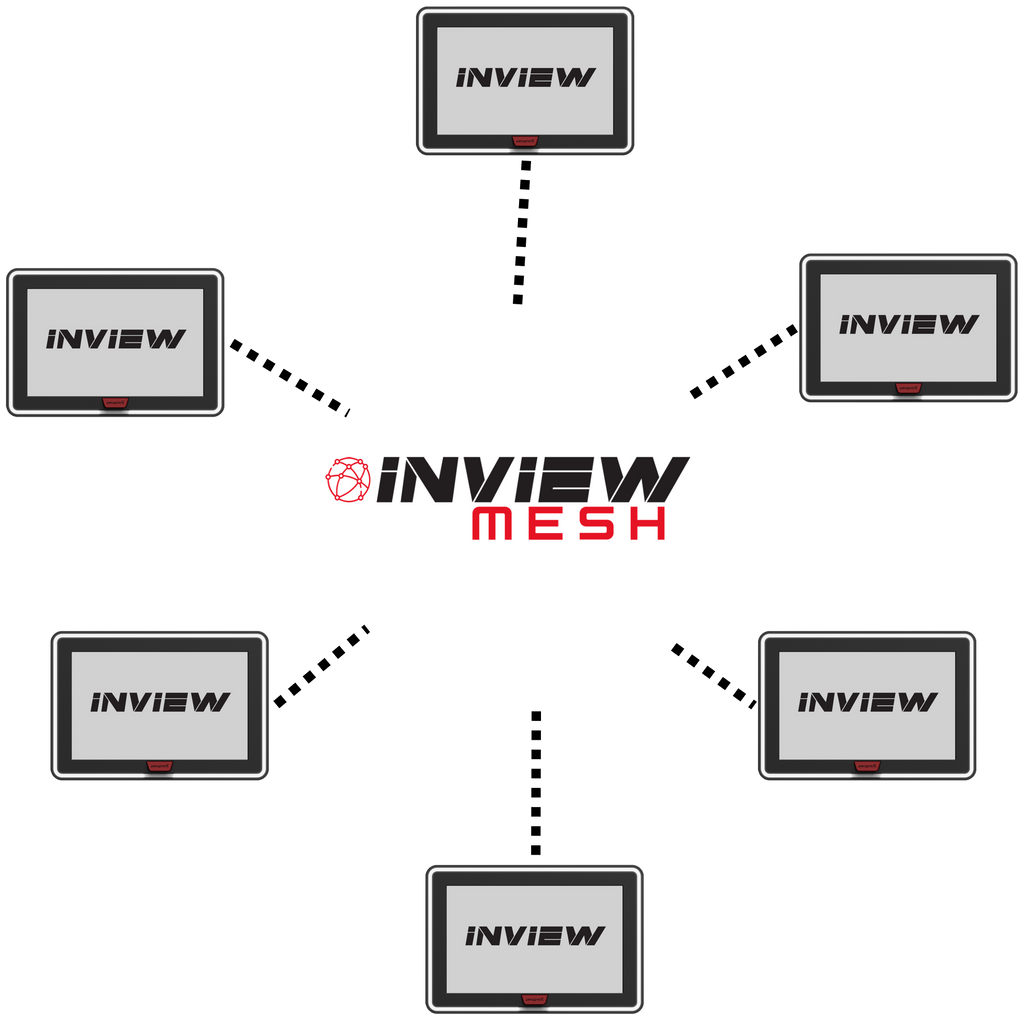Monitor one or multiple sites with one tool. It connects to CE+T and third-party devices for full visibility, smart control and simplified maintenance.

From backup systems to local microgrids, businesses across Australia are looking for reliable energy. The market for grid alternatives is growing, and companies are rightly asking which approach will ensure a constant, efficient power supply.
One important consideration is the energy transfer processes between the AC / DC / AC conversion steps and the best way to capture this energy in the storage medium. How these resources are coupled can make a big difference to the overall effectiveness of an on-site power system. The CE+T Sierra platform offers several variations in how energy resources can be arranged and coupled to support the load. These choices can dramatically impact system behaviour, economics, and efficiency. Businesses need to know which of these approaches is best to minimise risks and maximise the benefits.
Here’s our deep dive into the pros and cons of AC and DC coupling.
AC Coupling
The pros
AC Coupling delivers the most efficient form of photovoltaic (PV) power-to-load transfer for microgrids. That’s because the energy goes through a single point of power conversion, the inverter. And, as solar energy is effectively free, conversion loss is even less of an issue. Further, any excess energy goes directly to the battery. With most Hybrid Inverters on the market, the PV production should not exceed the unmanaged storage capacity (ratio 1:1,) lest sudden load changes push too much power back through the converter into the battery. With the CE+T Sierra, load impacts are controlled making the installation of larger PV arrays quite attractive.
Thanks to CE+T’s three port design, another plus of AC Coupling is grid connection approval isn’t required as the solar panels aren’t directly connected to the grid as in most BESS systems. This is a major advantage in avoiding limitations imposed by utilities, particularly in remote areas where grid-connected PV systems on long transmission lines can be problematic for utility companies.
Typically, the maximum load that can be exported is only 5kW, limiting the size of PV power connected on the grid side of a system. This is an advantage of the series-connected topology of CE+T’s Sierra products compared to other suppliers’ parallel connection topology.
The cons
If the batteries in an AC-coupled system go completely flat, you’re in trouble. The batteries can’t draw energy from the grid for the PV inverter, making it impossible to do what’s known as a ‘black start’. If a Grid tied PV Inverter can’t see a grid, it won’t start until the Grid returns or an alternative AC source starts.
Another downside of AC coupling is its complexity, making it a more difficult system than DC to control for voltage.

CE+T Australia and CD Power’s remote energy solution in the Northern Territory is a great example of an AC Coupled system in action.
DC Coupling
The pros
If the batteries go flat on a DC Coupled system, that’s no problem. A black start is as straightforward as waiting for the sun to come up. Solar energy goes directly into the battery, and everything starts.
DC-coupled systems can be rack-mounted and made more modular than AC-coupled systems. They are also a better set-up for Telco sites where the load is mainly DC rather than AC. A further advantage with a modular, rack mounting CE+T coupled solution is the entire system can be pre-assembled and factory tested before delivery to site.
The cons
In a DC Coupled system, there are more conversion steps to load, meaning more power is lost as it transfers through the system. The energy loss occurs when PV is converted to the Battery Bus voltage via the MPPT and when the Battery Bus voltage is then converted to alternating current.
To find out more and discuss whether AC or DC Coupling is best for your microgrid in Australia, be sure to reach out to the CE+T Australia team.
Wald Kerschot
Managing Director, CE+T Australia
w.kerschot@cet-power.com
Ian Rowlands
Area Sales Manager, Australia & New Zealand
i.rowlands@cet-power.com










